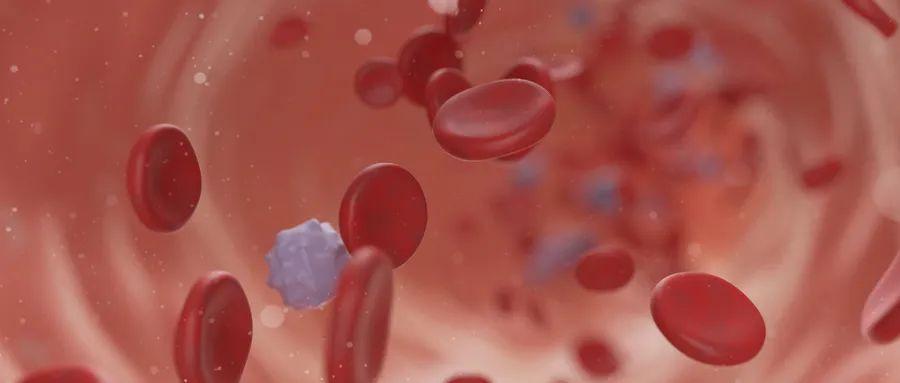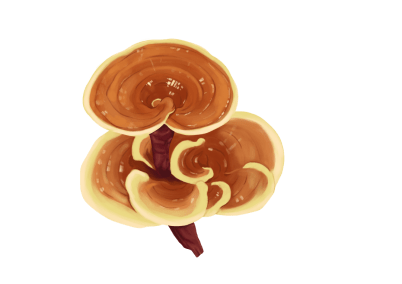
長い間座っていることは本当に突然の死につながることができます? 最近, 長期にわたる座っている危険は、広範囲にわたる注目を集めています.
ライフスタイルと仕事の習慣の変化があります, 人々はますます多くの時間を費やしています. Medical experts point out that long-term sedentary behavior and lack of physical activity can lead to blood stagnation in the deep veins of the lower limbs, which may trigger thrombosis. The formation and dislodgement of blood clots can have fatal effects on blood vessels and may even cause sudden death.
Human health and longevity are closely linked to the condition of blood vessels. したがって、, there’s a common saying: “Aging blood vessels bring a hundred diseases.” In fact, many people experience blood vessel aging faster than their actual age—a phenomenon known as “early vascular aging.”
Besides sitting for too long, factors such as chronic stress, long-term sleep deprivation, 喫煙, and obesity can also accelerate vascular aging.
The following measures can help improve arterial stiffness:
1. Adjust Lifestyle Habits
Improving diet, optimizing meal structure, increasing physical activity, and losing weight can effectively reduce blood cholesterol levels and prevent further plaque buildup.
2. Manage Chronic Conditions
Patients with high blood pressure or diabetes need to actively and properly control their blood sugar and blood pressure, as both are significant factors contributing to arterial stiffness and plaque formation.
3. Maintain Regular Exercise
According to China’s guidelines for primary prevention of cardiovascular diseases, 12 weeks of low-to-moderate intensity exercise can significantly improve vascular elasticity in elderly patients.
4. Here’s an exercise pyramid model recommended by Health Times:
Aim for at least 30 minutes of daily light activities such as walking, household chores, or walking the dog. Combine this with aerobic and strength training. Minimize sedentary behaviors like watching TV or lounging on the couch.
Long-Term Consumption of Reishi Mushroom Benefits Blood Pressure, Blood Sugar, and Vascular Health
Long-term use of Reishi mushroom (マンネンタケ) has been shown to help regulate blood pressure and lower blood lipids, earning it the nickname “blood vessel scavenger.”
Modern medical research confirms that Reishi can lower blood pressure by inhibiting sympathetic nerve activity and protecting vascular endothelial cells. It can also alleviate cardiac overload-induced myocardial hypertrophy.
— Excerpt from Pharmacology and Clinical Applications of Ganoderma lucidum by Lin Zhibin, p. 86
長期使用 Reishi products, including sliced Reishi, 胞子粉, 胞子油, そして抜粋, can help improve the “three highs” (高血圧, 高血糖, high cholesterol):
5. Regulate Blood Lipids
Reishi triterpenoids can modulate the liver’s synthesis of cholesterol and triglycerides, while Reishi polysaccharides reduce intestinal absorption of lipids. This dual mechanism provides synergistic support for lipid regulation.
6. Lower Blood Pressure
Reishi polysaccharides help protect endothelial cells in blood vessel walls, maintaining normal vasodilation. Triterpenoids inhibit the activity of angiotensin-converting enzyme (エース), which causes blood vessels to constrict—thus contributing to blood pressure reduction.
7. Inhibit Thrombosis
Reishi polysaccharides provide antioxidant and anti-inflammatory protection to vascular endothelial cells, helping prevent atherosclerosis. その間, Reishi adenosine and triterpenoids can suppress thrombus formation or promote the breakdown of existing clots, 血管閉塞のリスクを軽減する.
8. Protect Heart Muscle
A study by Associate Professor Fan-E Mo of National Cheng Kung University showed that administering Reishi extracts containing polysaccharides and triterpenoids to normal mice, またはガノデリン酸を注射する (key triterpenoid components) to high-risk mice with vulnerable heart muscle, effectively prevented myocardial cell necrosis induced by β-adrenoceptor agonists. This demonstrates Reishi’s potential in avoiding myocardial damage and protecting heart health.




